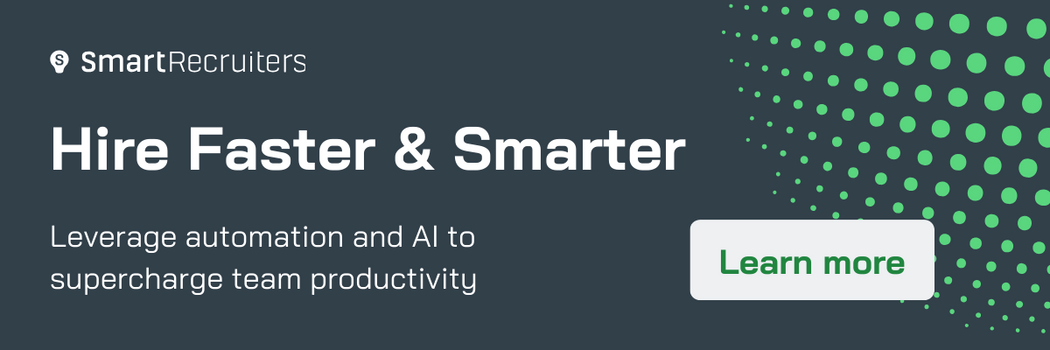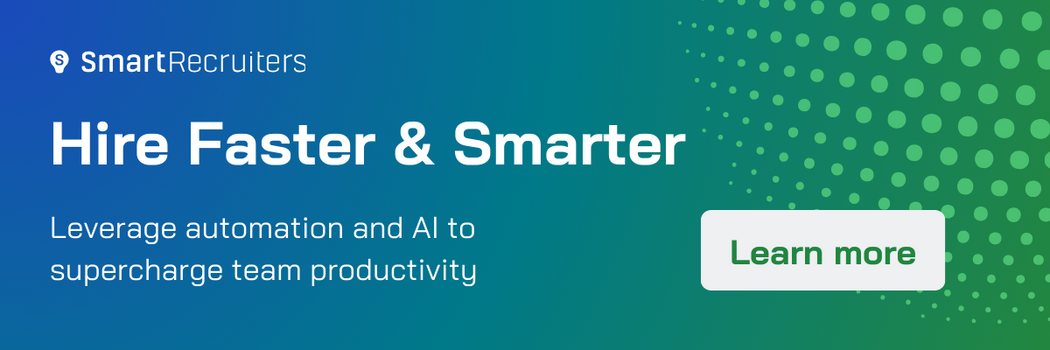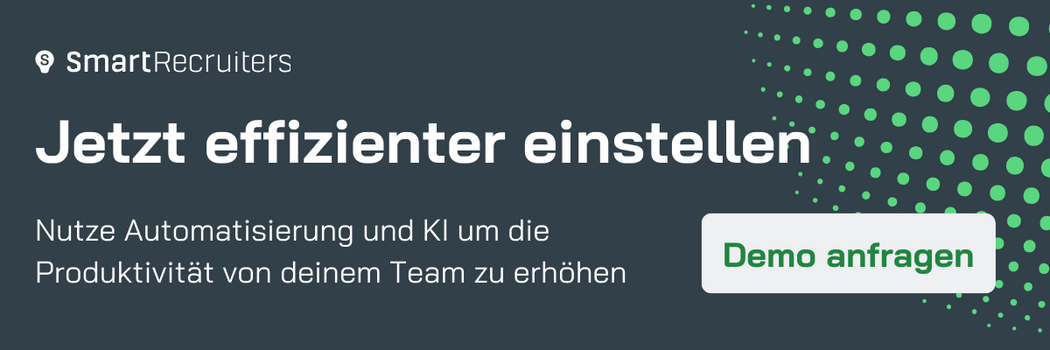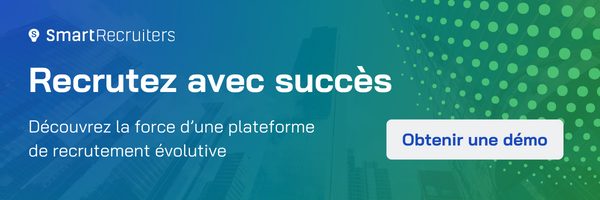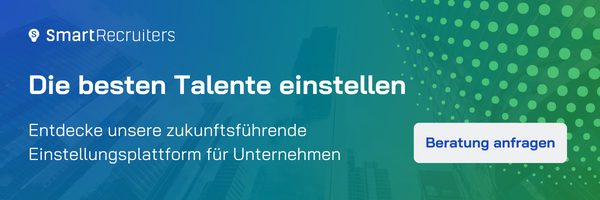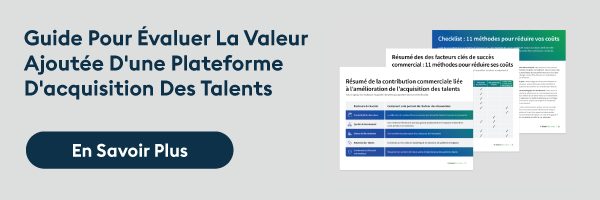We’re hearing it more and more frequently now: HCM/HRIS/ERP recruiting modules hinder companies’ ability to provide an excellent candidate experience and keep TA teams from delivering upon the goals the business is asking of them.
“Recruiting modules have not lived up to their promise,” said Allyn Bailey, Executive Director of Hiring Success Services at SmartRecruiters. “In many ways, they’ve set the industry backward, and talent teams are struggling to leverage them and get results.”
Pandemic-related hiring challenges made the shortcomings of HCM recruiting modules more apparent. “The problem is big enough now that leaders are getting headwinds from the C-Suite to find something else that would work better,” Allyn said.
Too often, the decision to use the recruiting module of a larger HCM or HRIS was made before a TA leader’s arrival or without their consultation. While the benefits of an HCM to the HR team are many, the TA team quickly learns that limited functionality, long implementation times, plus high integration fees and maintenance costs leave them unable to deliver a positive candidate experience or respond rapidly to changing market demands.
Why Invest in a Dedicated Talent Acquisition Suite Instead of a Recruiting Module
“If you want to build a high-functioning talent acquisition team,” Allyn said, “you need systems that are built natively for that application and offer a high level of innovation to support you going forward.”
A market-leading talent acquisition suite like SmartRecruiters focuses the majority of its R&D efforts on developing features that improve the hiring process. Because 100% of our company’s success depends on our recruiting product, we strive to make our system future-proof by staying up to date on the latest hiring trends and regulations. We listen to customers and prioritize their requests for features that will improve their workflows and help them adapt to changes in the hiring landscape (e.g., hybrid interviewing and salary transparency). Finally, we partner with best-of-breed point solutions to ensure customers have access to the newest technologies that support recruitment.
“Best-in-class point solutions help companies meet important and evolving needs,” Allyn said. “Companies need the ability to test and experiment with new solutions, so a core system with open APIs allows them to be more agile. It’s much easier to tie into a talent platform than an HRIS where the connections go much deeper.”
In 5 Ways Technology Helps Talent Acquisition Maintain Its Seat at the Table, we explain how technology helps TA leaders empower recruiters, foster the candidate experience, engage hiring teams, lead with data, and adapt to changing market needs. If your HCM recruiting module doesn’t check off those boxes, getting or maintaining a seat at the table will be challenging.
“Many TA leaders are trying to figure out how to build their business case so they can swap to a standalone recruiting solution,” Allyn said. Because companies are often locked into long contracts with their HRIS, it may take them several years to build the business case, get buy-in, research vendors, fill out RFPs, and finally, choose and implement a new solution. The effort may take a long time, but it’s worth it—for the business, recruiters, candidates, and all future hires. Read on for pointers on how to get started.
Components of the Business Case for a Talent Acquisition Suite
This is by no means an exhaustive list, but components of the business case may include the following:
System Implementation & Ongoing Maintenance
- Cost of customization during implementation
- Cost of integrations with point solutions (typically lower with a talent acquisition suite than with an HRIS because the configurations are often pre-existing from the core TA suite)
- Cost of increased risks of compliance failures due to potential HCM’s lack of global focus on hiring-specific needs
Candidate Experience
- Cost of degraded candidate experience and applicant drop-off due to long applications
- Limited customization options to unique hiring needs further degrade candidate experience
- Lack of accurate, actionable reporting hinders the ability to improve candidate experience
Employer Brand Impact
- Cost of lost applicants and rejected offers due to the inability to support the employer brand by delivering a seamless candidate experience
- Cost of impact to reputation due to poor interview/employee reviews and word-of-mouth
Business Impact
- Lower recruiter productivity due to the high level of administrative work
- Decreased recruiter job satisfaction leads to high turnover
- Inability for recruiters and TA to become business advisors due to lack of meaningful metrics that hold the business accountable
- Longer than necessary time-to-hire slows the company’s ability to meet revenue goals
Spending Impact
- Inefficient job advertising spending due to a lack of centralized job board management
How to Get Started Building the Business Case
If you find yourself waiting for the HRIS contract renewal date, the time to get started making the business case is now. Here are a few guidelines to help you get started.
- Document processes and roadblocks. Process documentation is a part of any implementation, so knowing exactly how things are currently working and what’s not working will bring the clarity you need as you make the business case. Examine the technology checklist in our Seat at the Table ebook for a full list of areas to consider.
- Clarify impacts. What are the potential impacts of each of the areas you’ve named? The Building Blocks of a Strategic Talent Acquisition Function listed in the A Seat at the Table ebook should help by offering signs of underinvestment and high investment.
- Research others’ experiences Many people have done exactly what you’re trying to do: replace an HCM recruiting module with a best-of-breed TA platform. Ask vendors for references, or look to their customer success stories to get inspiration. Learn how this global media company integrated SmartRecruiters with its SAP HCM.
- Set a North Star vision for talent acquisition. Executives will be more likely to buy in if they know where you want to take the TA organization. Your research on others’ experiences combined with impact statements will help you develop a vision that motivates others.
- Quantify the total cost of ownership. Cost is a big motivator for the C-Suite. Quantify annual fees, system maintenance costs, and costs of integrations against the other impacts listed above.
- Begin the vendor search. By getting product demos from leading vendors, you will learn more about what’s possible. Your RFP can be developed to highlight the use cases that will have the most impact on your company. To get started, view our RFP template, and look for vendors who respond to your requests with enthusiasm and a spirit of collaboration.
“The people making the decisions about what technology needs to be leveraged should be the people who understand the complexities of using it,” Allyn said. If you’re a TA leader, there’s no one better to do that than you. We’re here to help. To get started, sign up for a demo today.





